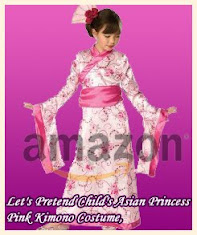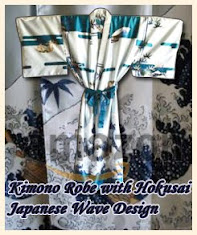Japanese popular culture not only reflects the attitudes and concerns of the present but also provides a link to the past. Japanese cinema, cuisine, television programs, manga, and J-pop all developed from older artistic and literary traditions, and many of their themes and styles of presentation can be traced to traditional art forms. Contemporary forms of popular culture, much like the traditional forms, provide not only entertainment but also an escape for the contemporary Japanese from the problems of an industrial world. When asked how they spent their leisure time, 80 percent of a sample of men and women surveyed by the government in 1986 said they averaged about two and one-half hours per weekday watching television, listening to the radio, and reading Japanese newspapers or magazines. Some 16 percent spent an average of two and one-quarter hours a day engaged in hobbies or amusements. Others spent leisure time participating in sports, socializing, and personal study. Teenagers and retired people reported spending more time on all of these activities than did other groups.
In the late 1980s, the family was the focus of leisure activities, such as excursions to parks or shopping districts. Although Japan is often thought of as a hard-working society with little time for pleasure, the Japanese seek entertainment wherever they can. It is common to see Japanese commuters riding the train to work, enjoying their favorite manga or listening through earphones to the latest in popular music on portable music players.
A wide variety of types of popular entertainment are available. There is a large selection of music, films, and the products of a huge comic book industry, among other forms of entertainment, from which to choose. Game centers, bowling alleys, and karaoke parlors are well-known hangout places for teens while older people may play Shogi or Go in specialized parlors.
Kawaii
Kawaii is a Japanese term which means "cute". Cuteness seems to be a highly valued aesthetic quality in Japanese society and particularly Japanese pop culture, and overpowering cuteness seems to carry less of the stigma of infantilization as it does in many other cultures. Kawaii is pronounced Ka-wa-ee (not to be confused with kowai, Ko-wai, the Japanese term for "scary"). Kawaii can be used to describe animals and people, including fully grown adults; while attractive women are usually described as kawaii, young men are more likely to be described as kakoii, Ka-ko-ee, which is "good looking" or "cool". Kawaii is also used to describe some men who are considered to have "cute" personalities.
Geinōkai
Geinōkai is the world of Japanese entertainment, encompassing everything from movies and television (including talk shows, music shows, variety shows, etc.) to radio and now the Internet. Geinōjin is a term, often used interchangeably with tarento, which refers to members of the Geinōkai. Tarento is an adaptation of the English word 'talent' and refers to a rather large group of people who appear on television from night to night, but cannot be quite classified as actors, singers, or models (and are thus given the more vague appellation of "talent" instead). Tarento usually appear on variety shows, talk shows and may later
In the late 1980s, the family was the focus of leisure activities, such as excursions to parks or shopping districts. Although Japan is often thought of as a hard-working society with little time for pleasure, the Japanese seek entertainment wherever they can. It is common to see Japanese commuters riding the train to work, enjoying their favorite manga or listening through earphones to the latest in popular music on portable music players.
A wide variety of types of popular entertainment are available. There is a large selection of music, films, and the products of a huge comic book industry, among other forms of entertainment, from which to choose. Game centers, bowling alleys, and karaoke parlors are well-known hangout places for teens while older people may play Shogi or Go in specialized parlors.
Kawaii
Kawaii is a Japanese term which means "cute". Cuteness seems to be a highly valued aesthetic quality in Japanese society and particularly Japanese pop culture, and overpowering cuteness seems to carry less of the stigma of infantilization as it does in many other cultures. Kawaii is pronounced Ka-wa-ee (not to be confused with kowai, Ko-wai, the Japanese term for "scary"). Kawaii can be used to describe animals and people, including fully grown adults; while attractive women are usually described as kawaii, young men are more likely to be described as kakoii, Ka-ko-ee, which is "good looking" or "cool". Kawaii is also used to describe some men who are considered to have "cute" personalities.
Geinōkai
Geinōkai is the world of Japanese entertainment, encompassing everything from movies and television (including talk shows, music shows, variety shows, etc.) to radio and now the Internet. Geinōjin is a term, often used interchangeably with tarento, which refers to members of the Geinōkai. Tarento is an adaptation of the English word 'talent' and refers to a rather large group of people who appear on television from night to night, but cannot be quite classified as actors, singers, or models (and are thus given the more vague appellation of "talent" instead). Tarento usually appear on variety shows, talk shows and may later
06.37 |
Category: |
0
komentar
.jpg)




.jpg)
.jpg)
.jpg)
.jpg)
.jpg)
.jpg)
.jpg)
.jpg)


Comments (0)